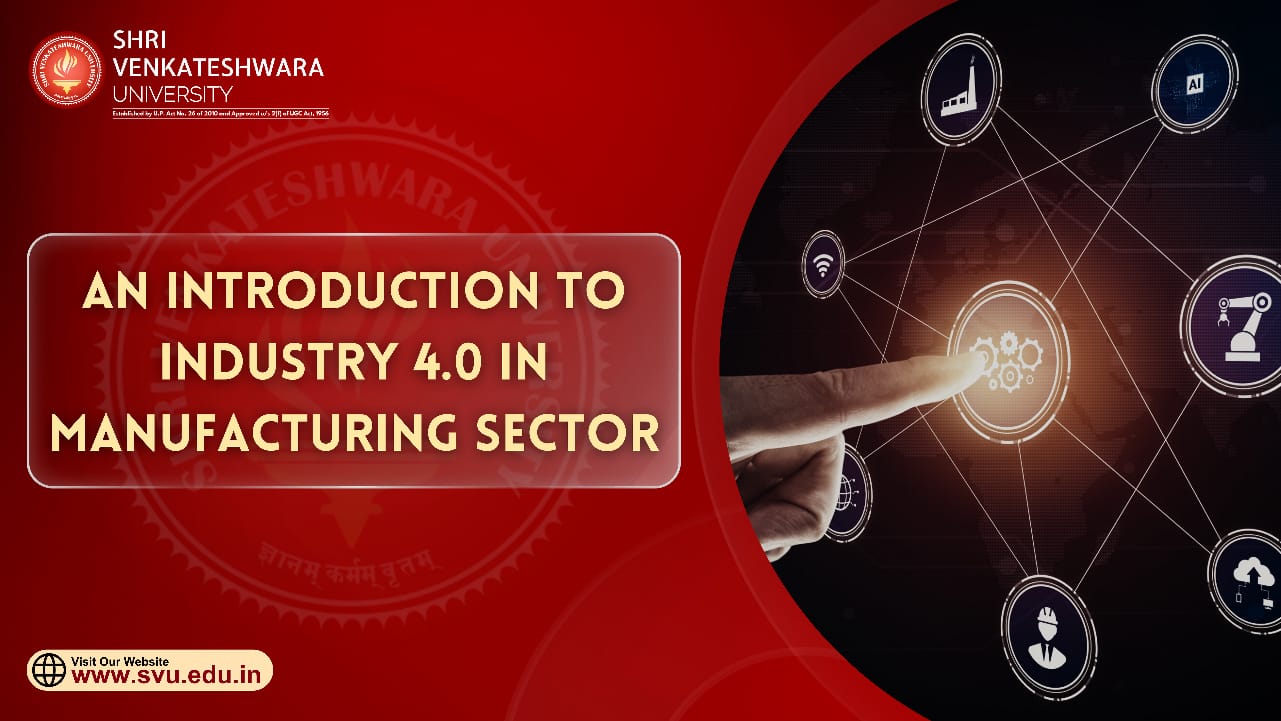
Industry 4.0 is a term for the fourth industrial revolution: the digitization and automation of manufacturing. We are in the midst of a fundamental shift in the way products are produced, and it’s deeply tied to the future of the Internet of Things (IoT). Advances in networking, machine learning, data analytics, robotics, 3D printing, and other technologies are making vast improvements on industrial processes and reducing our dependence on human labour and decision-making. By leaning into digital solutions, manufacturing can reduce human error, shorten time to market, and increase the speed at which industrial processes can adapt to new information.
Leveraging the Industrial Internet of Things (IIoT), Cyber Physical Systems, and Internet of Services, “Smart Factories” can help operators make data-driven decisions or even autonomously trigger actions. Machine-to-Machine communication allows these factories to track products with pinpoint accuracy as they pass through the facility, using sensors to record progress and collect valuable information. Coupled with new infrastructure, Smart Factories can mass produce products while remaining agile enough to profitably create small-batch products based on individual customer requirements. They’re also capable of dynamically reacting to unforeseen challenges that could significantly disrupt manufacturing operations—such as a last-minute change in suppliers. In this guide, we’ll explore the design principles driving Industry 4.0 and some of the main concepts you need to be familiar with in this rapidly evolving space. But first, let’s talk about how this all began. When did the fourth industrial revolution start, and why is it called Industry 4.0?
Where did “Industry 4.0” come from?
The term “Industry 4.0” originated within the German government. Introduced in 2011, it represented the growing body of research and development regarding the computerization of manufacturing. A collective of German researchers formed to explore the state of manufacturing and establish Germany’s place within it. Known as the Industry 4.0 Working Group, they produced a list of recommendations for the government in 2012, then presented it at the Hannover Fair in 2013. These recommendations outlined the research and development needed to successfully transition to Industry 4.0. Introducing their list, the group noted, “The first three industrial revolutions came about because of mechanization, electricity and IT. Now, the introduction of the Internet of Things and Services into the manufacturing environment is ushering in a fourth industrial revolution.”
The four design principles of Industry 4.0
There are numerous branches of technology that make Industry 4.0 possible. But they all generally fall under four overarching principles:
- Interconnection
- Information transparency
- Technical assistance
- Decentralized decisions
Interconnection (or interoperability)
Machine-to-machine and machine-to-person communication is a crucial part of Industry 4.0. In order to make data-driven decisions and reduce our dependence on human labour, factories and industrial processes need rich integration between the hardware and software involved in production.
The Internet of Things makes this principle of interconnection possible. It enables manufacturers to collect information from their machinery and equipment and access it in useful ways through a database. Thanks to advances in networking technology (particularly in cellular IoT), it’s possible to connect thousands of devices in a concentrated area and maintain reliable coverage indoors.
This goes beyond Internet-enabling machines. These hardware and software components need to be integrated in meaningful ways so that they can share data. Operators shouldn’t need to switch between dozens of applications to manage the production line and analyse their data. Industry 4.0 technology needs simple APIs to facilitate true interoperability.
Information transparency
Traditional manufacturing is held back by a lack of visibility into production. Humans have to relay information and manually provide status updates. But along the production line and throughout the lifecycle of the product, there are countless blind spots where operators simply don’t have the data, they need to make improvements and optimize processes. Industry 4.0’s interconnectedness opens the door to information transparency, enabling manufacturers to collect vast amounts of data at every step of production. Using this aggregate information, operators can see problems, inefficiencies, and opportunities that simply weren’t visible before.
Technical assistance
Humans are fallible. And even with access to the right data, we can still make poor decisions or misinterpret the data. Machine learning enables devices and applications to scan and evaluate data far more rapidly and accurately than humans.
For complex processes that still require human decision-making, Industry 4.0 creates pathways for technology to assist, providing alerts and notifications to identify failures, drops in quality, or weaknesses in the production cycle. Technology like augmented reality and cloud computing also allows organizations to create simulations and test environments, so they can identify problems before they become costly mistakes and develop solutions that they can deploy with confidence.
Industrial technology can also support humans with tasks that are difficult or unsafe. For example, maintenance is vital for keeping performance consistent and maximizing the lifespan of equipment. But traditionally, maintenance is more of a reactive process. Part of Industry 4.0 is shifting to predictive maintenance.
Decentralized decisions
Beyond simply assisting humans with decisions, Industry 4.0 also enables machinery to make simple, routine decisions autonomously. In manufacturing, relying too heavily on manual decision making creates a bottleneck: everything must be routed through an employee, and they can only make one decision at a time. If humans rush these decisions, it may increase the error rate. Machines empowered by artificial intelligence can recognize patterns and be configured to react to data with the same choices a human would make. This frees employees to focus on the situations that truly require their attention, only elevating decisions to humans when there are conflicting goals, unusual circumstances, or some form of interference.